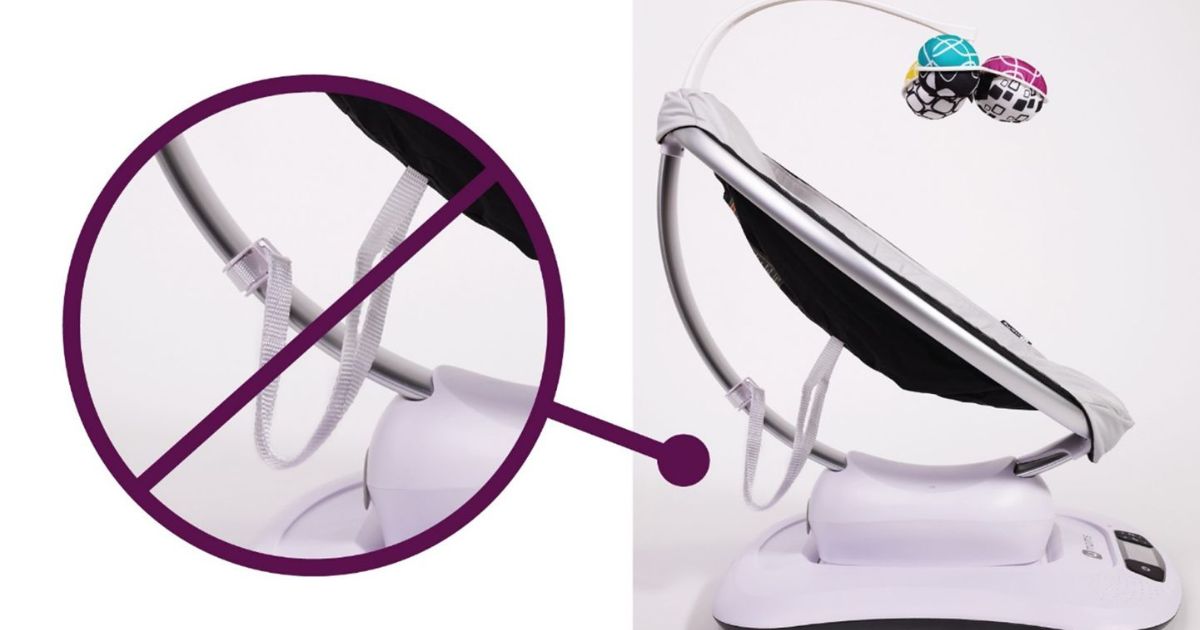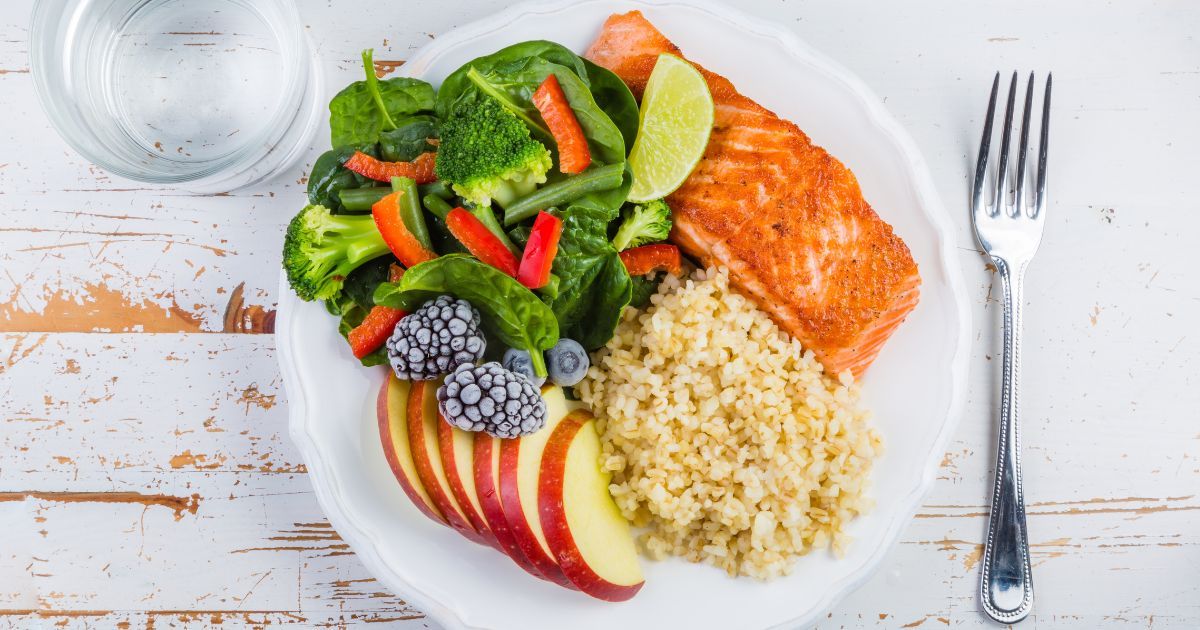When your little one hits their six to twelve month mark, you’ll likely start to transition them over to solid foods and a more diverse amount of ingredients. This can be a somewhat stressful time, and it raises the question– how should I begin this process? What does this look like? Let’s go over the two main ways to help transition your little one, as well as some of the pros and cons of each.
Baby-led Weaning Method
The first method is called baby-led weaning, which means that you’re presenting your little ones with the ingredients to feed themselves, and allowing them an element of control over what they’re eating. So then, what are the positives of this method? Firstly, it exposes babies to a wider variety of foods, textures, and flavors–which can result in less picky eating, as it introduces them to a huge, diverse group of foods from a very early age.
Additionally, it encourages motor skills development by allowing them to use their own muscles in order to feed themselves – self-feeding not only allows your baby to strengthen muscles, it also develops coordination in their back, arms, and hands, as well as improving oral motor skills. It’s also possible that it will save you time and money, as you already have ingredients on hand for the family that can be blended & mashed for the baby.
In terms of the complications of this method however, self-feeding babies can be a messy process–be prepared for food to end up on the floor, on the baby, and even on you! It can take a while for babies to figure out how to self-feed, and they need time to explore food in order to get the hang of it.
Especially in the beginning, when babies are sampling ingredients more than eating them, it can feel like a lot of food waste– try to be patient during this time, and if possible, encourage some boundaries when it comes to throwing food.
Finally, food tends to end up everywhere with baby-led weaning, so it can be tough to know exactly how much your baby is actually eating– you’ll have to be closely monitoring their hunger cues, as well as making sure they’re not overeating as much as possible.
Purees Method
The other method of transitioning over to solid foods and widening their food options is purees, which is exactly what it sounds like – spoon-feeding baby purees.
Pros of this method include having an easier time of knowing how much baby is eating, as you can count the spoonfuls you’re feeding them.
Spoon-feeding definitely also creates less of a mess than self-feeding, as you’re more in control here, and may also eliminate some food waste.
In terms of the cons, purchasing commercially-made baby food can get expensive quickly, especially as baby builds up an appetite! Spoon-fed babies may not get the same opportunities to develop motor skills related to self-feeding until later in the weaning process.
Purees can make it more difficult to introduce a wide variety of foods, especially at the same time. Many purees are single-food blends, and it can create food waste by opening a variety of baby food containers at once, since babies only eat small amounts at first.
Additionally, mixed purees blend the flavors together, and may make it harder to accept foods individually later on.
Conclusion
In conclusion, the decision between baby-led weaning and purees hinges on your family's preferences and your baby's needs. Baby-led weaning offers diverse food exposure and promotes motor skill development, but can be incredibly messy and may result in more initial waste. And where purees provide portion control and simplicity, they may be costlier and can limit exposure to varied flavors. It is important to remember that there isn’t a “right” way to approach solids - prioritize your baby's nutrition and feeding enjoyment, and do what feels right for your family!
Share on Social Media
We Serve Families in All of the New England States and Beyond
Select a state to learn more.
-
Connecticut
ButtonNewborn Care, Postpartum Doulas, Night Nannies
-
Massachusetts
ButtonNewborn Care, Postpartum Doulas, Night Nannies
-
Maine
ButtonNewborn Care, Postpartum Doulas, Night Nannies
-
New Hampshire
ButtonNewborn Care, Postpartum Doulas, Night Nannies
-
Rhode Island
ButtonNewborn Care, Postpartum Doulas, Night Nannies
-
Vermont
ButtonNewborn Care, Postpartum Doulas, Night Nannies
AREAS OF SERVICE
We serve families in all
New England states:
MA, CT, ME, NH, RI, VT
And the entire US.
All Rights Reserved | Gentle Giraffes LLC | Privacy Policy | Web Accessibility | Website Design Dionne Katinas | Web Development by Local Business First
















